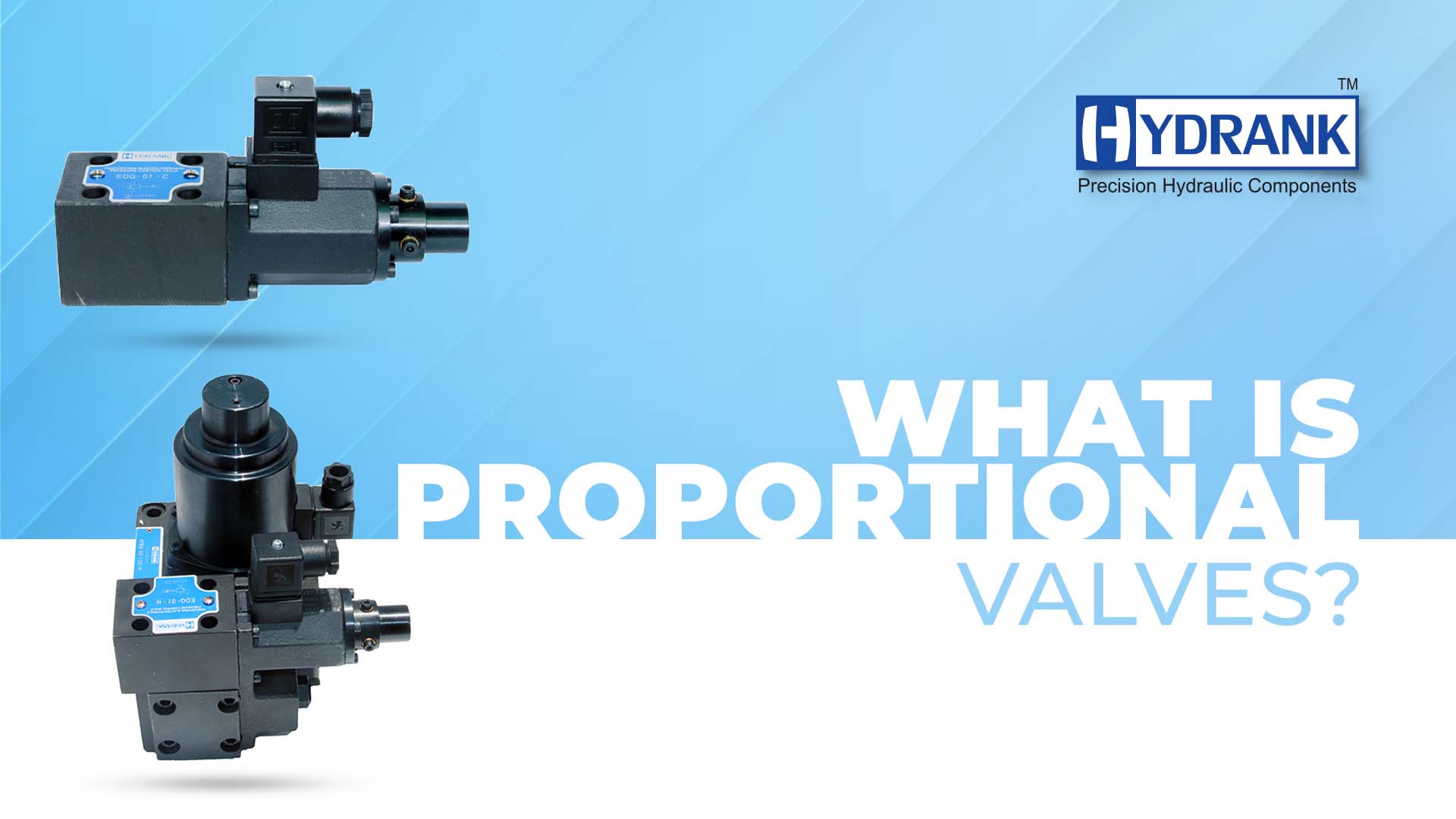-
What is a Proportional Valve?- Shriank Guide in 2023

A proportional valve is a device that controls the flow of an inlet, or supply, of fluid to a system. It is used in systems that are required to adjust their fluid delivery level based on the amount of fluid being delivered into the system.
The size of the opening is proportional to the amount of fluid flowing through it. The valve may be open or closed and will have a control mechanism that allows it to be opened or closed. This means that if you increase the flow, it will open wider and allow more fluid through; if you decrease the flow, it will close tighter and restrict more fluid.
In the simplest terms, this means that a proportional valve is able to regulate pressure in a system as well as volume. In other words, instead of just controlling how much water flows from one place to another, a proportional valve can also control how much pressure is being applied across an opening in order for water to flow through it.
How Does The Proportioning Valve Work?
The proportional directional control valve is a valve that has the ability to change its direction without changing its position. This type of valve uses two sets of ports and valves to open and close the flow, much like a ball valve. The difference with this type of valve, however, is that it is controlled by electrical current rather than mechanical movement.
In order to understand the working proportional valve, we need to first understand how a ball valve works. A ball valve has three ports: an inlet port for gas or liquid, an outlet port for gas or liquid, and a third port called the intermediate port. The intermediate port is where the ball valve sits and allows for movement between two of these ports.
The proportional directional control valve works in exactly the same way as a traditional ball valve but with one key difference: it does not use mechanical movement to open or close its ports or change its position. Instead, it relies on electricity from an electric motor that turns a shaft inside the device that controls where its two ports are located at any given time.
What are the two major types of Proportional Valves?
The Two Types of Proportional Valves are:
- The Slide Valve: A slide valve is an adjustable ball valve with a cam surface on the adjuster wheel to adjust the ball’s position. The valve’s operation is controlled by a lever that is connected to the stem and operated by the operator.
- The Float Valve: A float valve is a check valve that depends on the fluid weight in a chamber to regulate its flow through a passage or annulus between two surfaces.
Proportional Valve Application
The proportional valve is a device that allows for the selective opening and closing of ports to regulate flow rates. This type of valve can be used in a wide range of applications, such as water metres, fire suppression systems, air conditioning systems, and more.
The process of controlling flow rates through this type of valve is called proportional control. It involves changing the size of the opening that is being controlled by the amount of water being sent through it.
As long as there is enough water to meet the demand, then the flow rate will remain constant. However, if there isn’t enough water available to meet demand, then this mechanism doesn’t work well at all and will result in a flood or an underflow condition.
The main benefit of using a proportional valve is that it allows for precise control over a given amount of water flow. In addition, this type of valve can be used in conjunction with other components, such as gates and sprinklers in order to optimize their performance.
Shriank is one of the most known brands for valves in the market. Shriank’s proportional valve is a new technology that can be used to control the flow of water. It has an integrated controller which allows you to adjust the settings according to your needs.
India's Largest Hydraulic Vane Pump Supplier
contact us: +91 98989 09148
Delivery
Prompt and accurate delivery
Client Servicing
Pro after-sales customer support
Quality assurance
Top quality standards
Export
More then 10 countries
